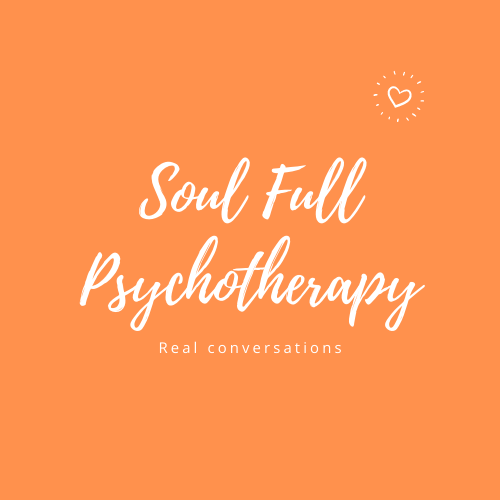Trauma and The Body
There is increasing evidence that our physiology is forever changed by traumatic events and our responses to them. In biological terms, this is the psychoneuroimmunology system or PNI for short (phew!). Our body on trauma reacts differently than when we are relaxed. We can be stressed, releasing cortisol and adrenaline and all kinds of other involuntary body processes are kickstarted.
In simple terms, the PTSD (Post Traumatic Stress Disorder) brain is in full fight/flight mode and gets stuck. The brain can become used to perceiving a threat. It triggers the hypothalamus which communicates with the pituitary, which in turn signals the adrenal glands to release cortisol (the stress hormone). The hypothalamus sends messages to the nervous system. I think of it like a meerkat sticking out of the top of my head, watching for the next bad thing to happen.
How can we tell our bodies that we are safe?
How do we signal safety? It’s useful to remember that we cannot be stressed and relaxed at the same time, it’s impossible. If we think about the opposite of activation (sweaty palms, hunch over, shallow breath), then we could work towards shoulders back, deep breathing, and doubling the length of exhaling. We could use 4,7,8 breathing (see Dr Andrew Weil demonstrating this in the video below).
This lets our body know that we are actively safe and brings the frontal lobe back online.
When we have agency and control in our lives, we can calm down. Things like uncertainty, conflict, and lack of control or information contribute to the activation of the HPA axis, and stress.
We can, when we become aware, control our reactions. We can, by coming back to the body, reduce the flipping of our lid, put our ‘big girl/boy’ pants back on and continue to adult. It does take practice though – and as I say to my clients, we’ve had a lot of practice at flipping out, that’s our brain’s well-known method. Introducing something different is possible, and can really make effective changes in our day-to-day lives.
I’ll leave you with a short video of what I feel like when I’m activated!
If you recognise yourself or your behaviours in this article and would like some help with that – do get in touch for a free chat.

0 Comments